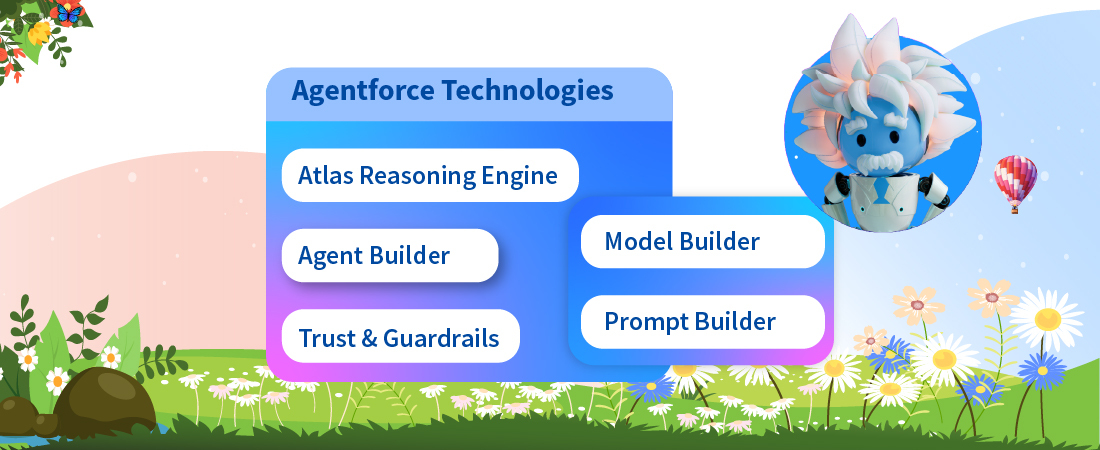Salesforce’s involvement with open source has been ongoing since its inception. And today its engineers contribute actively to numerous projects ranging from Web Components to Jenkins. The backbone of web as we know it lies in open source, and with Salesforce’s success tying inherently to it. It is dedicating resources to accelerate adoption of open source.
The philosophy that governs Salesforce in reference to open source is focused on initiatives that make its target audience successful. Be it the big data infrastructure support with Apache Phoenix to the recent open sourcing of TransmogrifAI that forms the core of Salesforce Einstein.
It’s not only Salesforce that is realizing the importance of open source. Enterprise software corporations ranging from IBM, Oracle and Microsoft all have starting actively contributing towards it. With the growth of open source further accelerated by cloud providers like Amazon Web Services and Google Cloud Platform, we are going to see some interesting times ahead.
Microsoft and Oracle’s recent actions were not thought of till just a couple of years ago. They highlights how cloud and AI are becoming important and the how Open source contributes to it. It also portrays how corporations are realizing the importance of Hybrid Cloud when it comes to enterprise deployment of software solutions.
Let’s look at some of the recent initiatives taken by Salesforce in the area of Opensource:
TransmogrifAI:
This is a Machine learning model that enables artificial intelligence (AI) helping corporations detect and identify relationships from millions of data points. In a previous era Data scientists had to spend a long period of time to process data and identify patterns on which the models needed to be trained.
Salesforce by identifying data types, filtering algorithms, and building a system that performs in the real world is making the process of analytics and AI much more seamless.
TransmogrifAI, is a machine learning library for relational data helps developers undertake development to address specific use cases. By using its libraries developers can call pattern recognition function using just a couple of lines of code.

Lightning Web Components Framework:
Salesforce announcement to open source its Lightning Web Components was a significant development that took many by surprise. Lightning framework allows developers to build apps on the Lightning Platform. By Open sourcing the framework Salesforce is opening its development ecosystem to developers who were till now gate walled from it. This will allow developers to leverage Lightning framework to create web components on the platform of their choice.
Traditionally Lightning web components were built using Aura and the skill sets that were required to build Lightning web components were hard to hire. Salesforce by open sourcing this framework is attempting to bridge this gap, allowing companies and Salesforce to hire from a larger resource pool.
Open source Lightning Web Components allows developers to code in various frameworks according to their choice. Developers can code on the framework of their choice to develop applications for any platform, using tools and languages that they are comfortable with.
Salesforce through leveraging open sourcing is also looking at benefiting from the community of developers further enriching the platform and enhancing web standards for all the stakeholders.
In Conclusion:
Some analysts might ask why the focus on open source for Salesforce? As many observers have pointed out, open source benefits everyone. The recent spate of acquisition of Redhat By IBM, Mulesoft by Salesforce and Microsoft announced plans to buy GitHub. All of these highlight how companies are increasingly focusing more effort in this area. Open source drives innovation, security and a host of other things.






